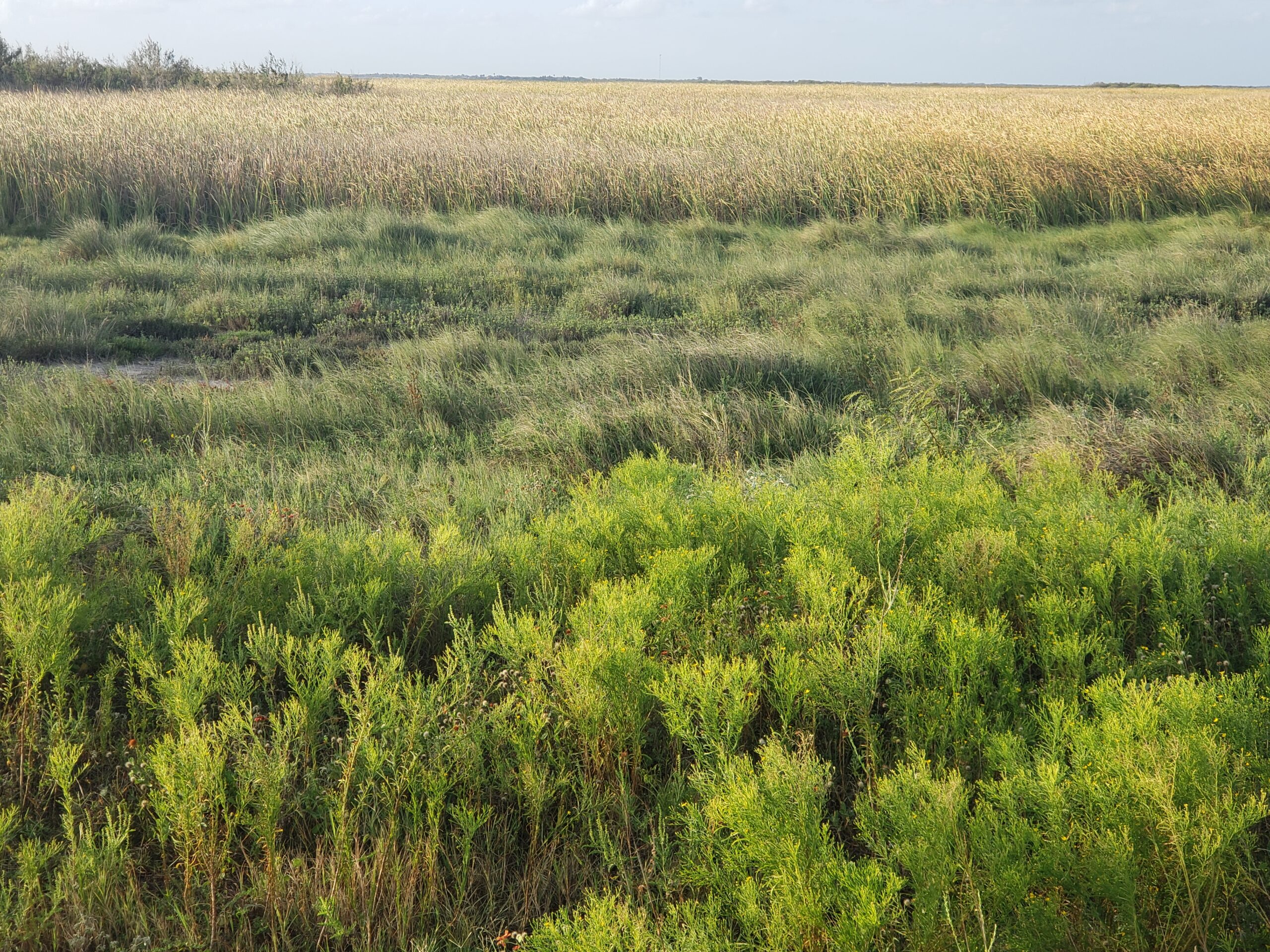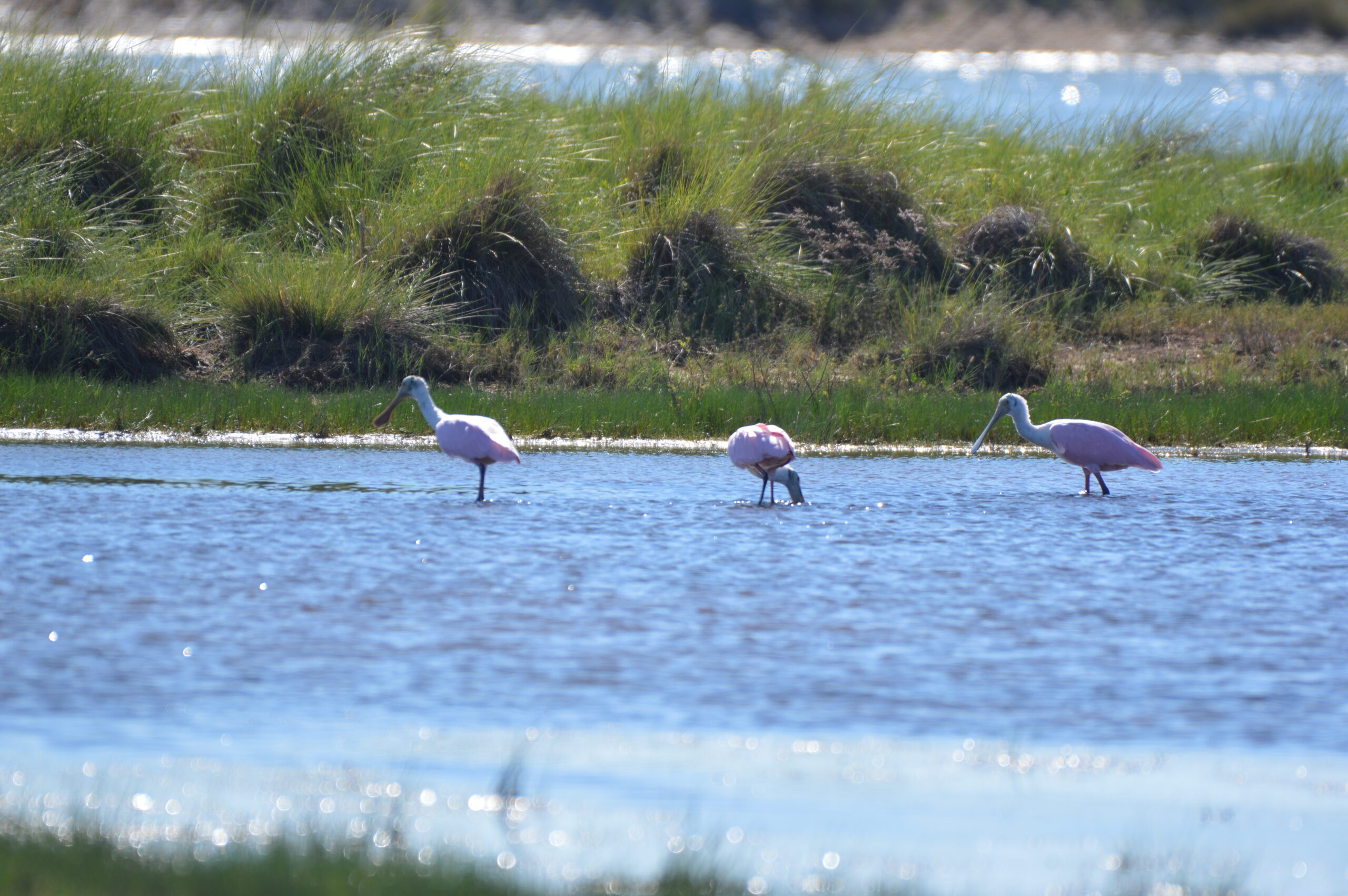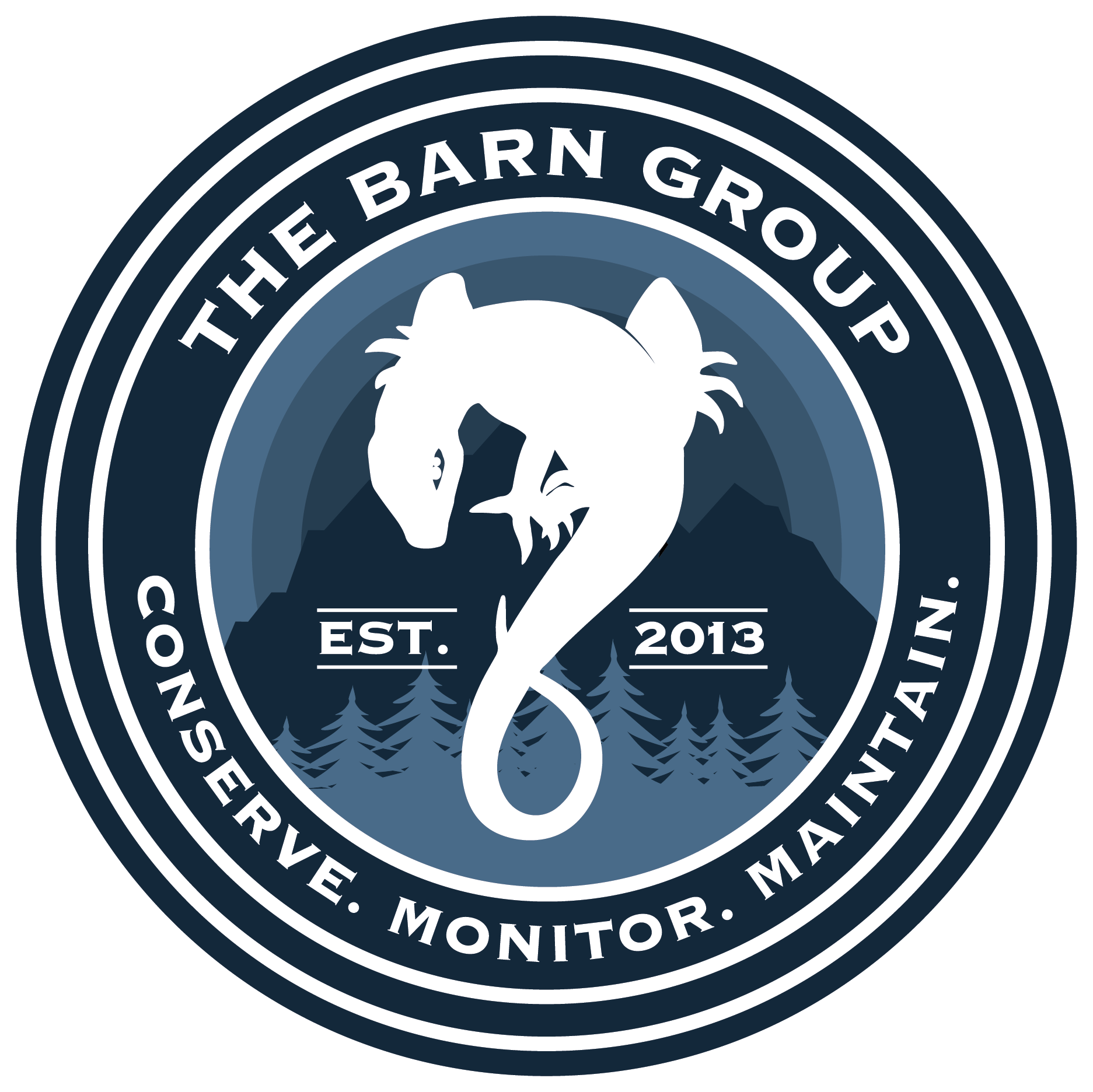Coastal Texas Properties
The Barn Group (TBG) holds conservation easements on 4 properties located within the Western Gulf Coastal Plain region of Texas. These properties are located adjacent to the Intercoastal Waterway that separates the coastal plain region of Texas from the Gulf of Mexico. Each of the properties provides a diverse array of ecological services that not only supports native plant and wildlife species in the area, but also promotes the goals and objectives of several local and national conservation initiatives.

Habitat Features
The Western Gulf Coastal Plain of Texas region is characterized as sub-humid when compared to the more humid areas to the Northeast and semiarid regions to the south. The topography is relatively flat with saline, brackish, and freshwater marshes and grasslands dominating much of the landscape. Here, Coast Salt and Brackish Tidal Marsh and Texas Saline Coastal Prairie ecological systems occur. Rice, grain sorghum, cotton, corn, hay, and soybeans are the predominant crop varieties grown within the region. Most of the conserved properties have been utilized for rangeland or pasture, which when properly implemented, can coincide with conservation practices, and utilized as tools to effectively manage coastal prairie grasslands.
Land Use
The conserved properties in this region are characterized by a mixture of salty prairie, wind tidal flat, tidal flat, Northern salt marsh, and intermediate firm marsh. The landscape of interspersed shrubby live oak mottes, mesquite, and huisache patches of cover give way to coastal prairie and interior wetlands. This combination of habitat supports a wide range of flora and fauna creating a rich and ecologically significant environment. Islands and micro ridges of shrubby vegetation amongst coastal prairie and wetland provide additional habitat diversity for a variety of wildlife species, particularly migratory and resident bird species. Palustrine emergent wetlands and isolated wetlands are also abundant here and provide excellent habitat for waterfowl and other birds. The Texas Conservation Action Plan considers these wetlands a priority freshwater wetland. Tidal flats that occur here, which provide excellent foraging habitat for waterfowl, wading birds, and other species of shorebirds, are also considered a priority Saltwater Wetland.


Species Diversity
The combination of habitat types across the properties includes both fresh and saltwater wetlands, as well as shoreline areas and large expanses of coastal prairie grassland provide quality stopover habitat for migrating birds and overwintering waterfowl. The expansive acreage of high quality salty prairie grassland found in the inland areas, along with areas of sparse shrubby habitat, provides birds of prey with open areas adjacent to cover. The more inland areas located on the properties also provides refuge for many other upland bird species observed utilizing the grassland habitat. TBG ecologists have completed in field, audio, and game camera surveys to document wildlife and plant diversity utilizing these conserved properties. Several Species of Greatest Conservation Need (“SGCN”) were documented, many of which have experienced declining populations. Some of these species include the American kestrel American white pelican, brown pelican, green heron, loggerhead shrike, mottled duck, Northern harrier, snowy egret, tricolored heron, and wood stork. TBG conserved properties, including the abundant resources they provide, will be preserved in perpetuity for the maintenance and support of these sensitive populations.
